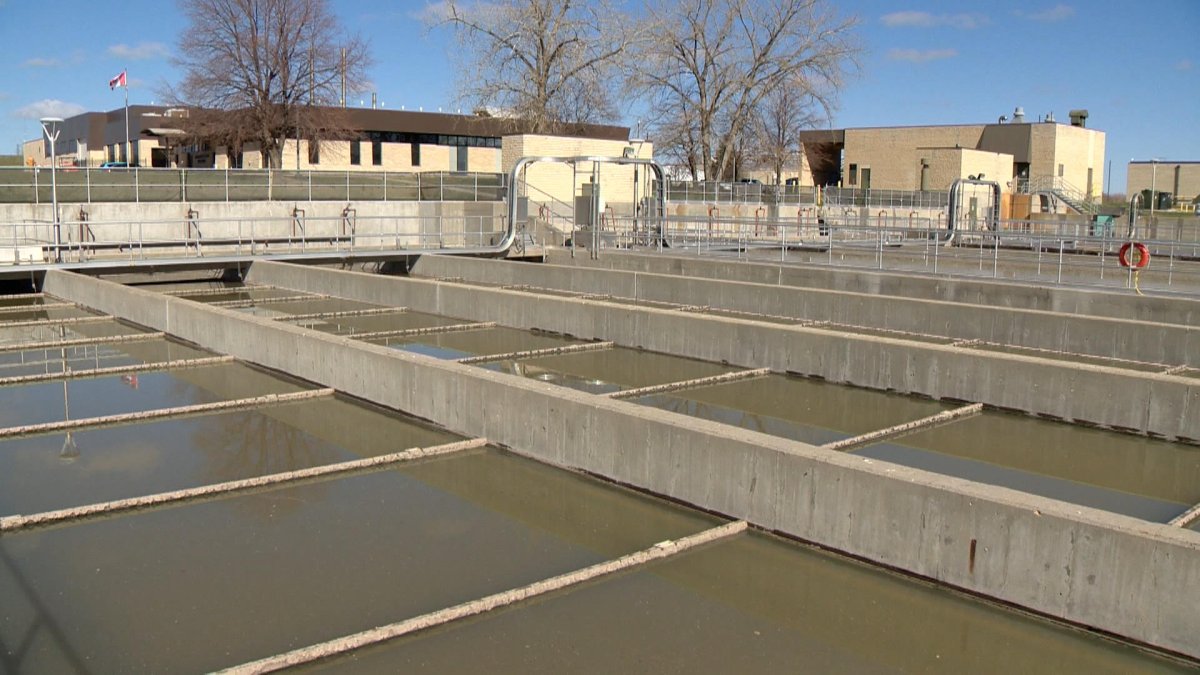The weekly COVID-19 wastewater numbers for Saskatchewan from the University of Saskatchewan and Global Water Futures researchers show increases in the viral load across the board.

For the reporting period up to Oct. 26, Saskatoon saw an increase of 51.1 per cent in the viral RNA load found in the wastewater.
This is the 17th-highest value recorded in the city, and the report considers this a medium value due to it being less than the ten-week average.
The report noted that this was the first increase after four consecutive decreases and suggested that COVID-19 infections should be watched.
Prince Albert’s RNA load increased by 86 per cent for the reporting period up to Oct. 24.
The report noted that this was the first increase after five consecutive decreases and advised that the infections should be watched.
Concentrations of viral particles found in this week’s report are considered medium due to it being less than the ten-week average.
This was the 17th-highest concentration reported in Prince Albert.
Wastewater in North Battleford showed a 58.7 per cent rise in the RNA load for the reporting period up to Oct. 21.
This too was the first increase in measurements after five consecutive decreases, and the report considers this a medium concentration due to it being less than the ten-week average.
The report said this was the 21st-highest concentration recorded in North Battleford, adding that the infections should be watched.
Dr. John Giesy with USask said it’s too early to determine a trend line, or if this is the beginning of a new wave.
“We do know that in the fall, as the weather turns cooler, that rates of viral infections increase,” Giesy said.
He noted that they’ve been trying to keep track of the most relevant variants, but said the rapid mutations are making it difficult.
“In fact the virus is in a life-or-death struggle to stay relevant before the human immune system can adapt and it will become harder and harder to find hosts to infect.”
Giesy said they are looking for a decrease in the BA.5 variant, adding that a decrease would indicate the presence of a BA.2 sub-lineage.
He noted that they are watching what is happening in Ontario, where they are running several weeks ahead of what is being seen in Saskatchewan.
“In Ontario, several sub-variants including BQ.1 and BQ.1.1 have been increasing more rapidly than BA.5. If that is also the case in Saskatchewan at this point we do not know how that will affect how the virus behaves like infectivity and or severity or duration of morbidity or mortality.”










Comments